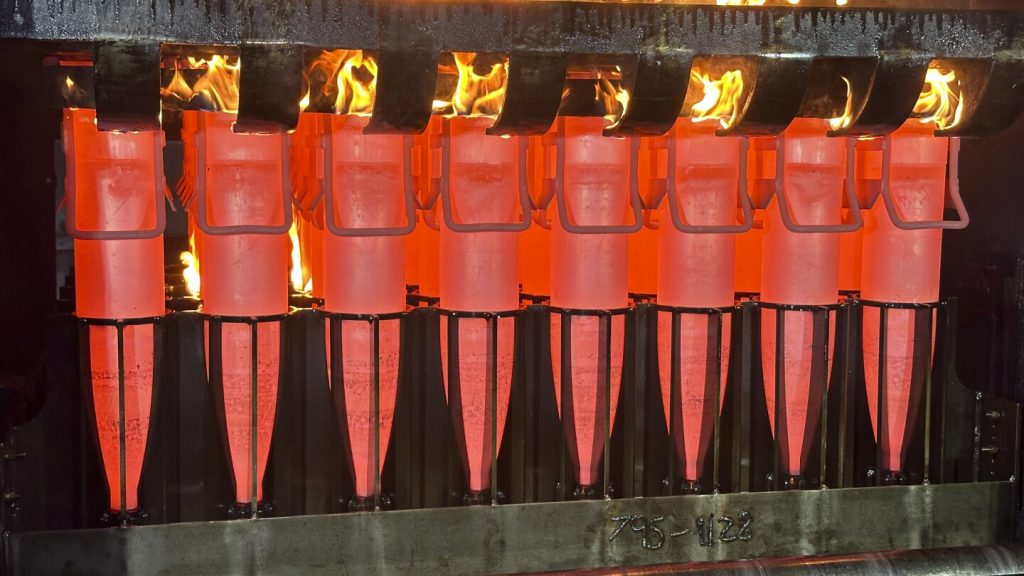The American economy showed a healthy growth rate of 3% in the second quarter of the year, driven by strong consumer spending and business investment. Consumer spending increased at a 2.8% pace, slightly lower than the previous estimate, while business investment rose by 8.3%, led by investment in equipment. The inflation rate eased to just above the Federal Reserve’s target of 2%. Despite 11 interest rate hikes by the Fed in 2022 and 2023, annual inflation has dropped to 2.5% from its peak of 9.1%.
The economy continued to grow and employers continued to hire despite the surge in borrowing rates. However, signs of weakness have emerged in the job market, with the average monthly job additions dropping to the lowest level since the COVID pandemic in mid-2020. The unemployment rate has also increased slightly from its low levels. In response to declining inflation and a slower job market, the Fed made its first interest rate cut in over four years, focusing on supporting employment while inflation remains under control.
Economists are optimistic about the future, expecting lower interest rates to boost sectors like housing, manufacturing, auto sales, and retailing. Consumer spending remains strong, with Americans increasing their spending at retailers, and industrial production rebounding. Consumer sentiment has also improved for a third consecutive month, driven by more favorable prices for durable goods like cars and appliances. The underlying strength of the economy, excluding volatile items, continues to grow at a solid rate of 2.7%.
While the Fed believes that inflation is under control, many Americans still face high prices for essential goods. Former President Donald Trump has blamed the current administration for the inflation surge, while Vice President Kamala Harris has criticized Trump’s proposed tariffs on imports. The Commerce Department also revised previous GDP estimates, showing higher growth rates from 2018 to 2023, mostly due to upward revisions in consumer spending. The final estimate for GDP growth in the April-June quarter was released, with the initial estimate for July-September growth expected to be released on October 30.
Overall, the American economy continues to show resilience and growth despite challenges in the job market and concerns about inflation. With lower interest rates expected to support key sectors and consumer spending remaining strong, economists are hopeful for a stable growth trajectory in the coming months. The revisions to GDP estimates also suggest a stronger economic performance in recent years, providing a positive outlook for future growth.


